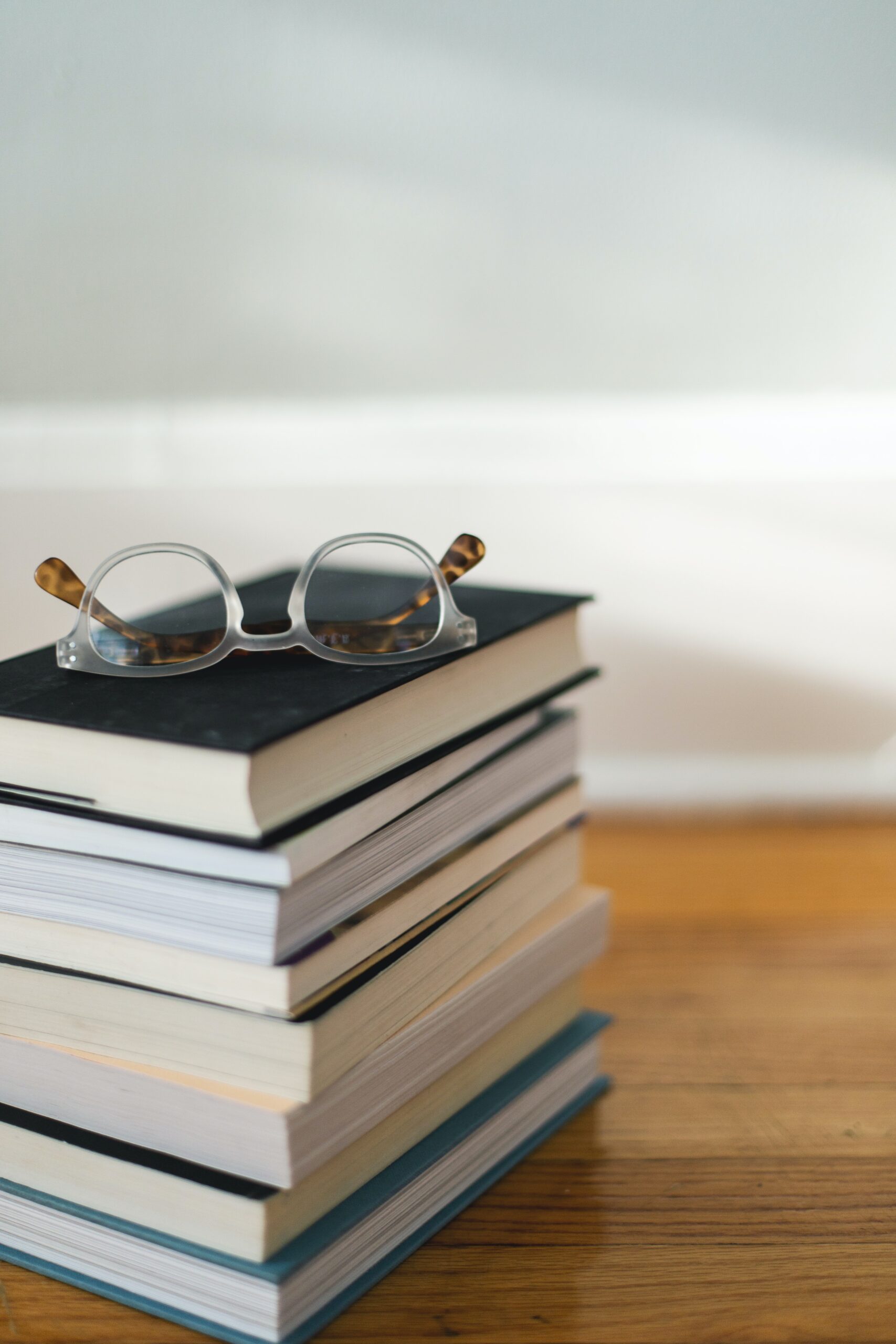Why going analogue is good for you

Photo by Kari Shea from Unsplash
Having had something of a digital detox over Christmas and New Year (no work, more reading of actual books, even doing a jigsaw) I felt myself starting to go square-eyed again when life got back to ‘normal’. And earlier, while writing Christmas cards (some of which still haven’t arrived) I was a bit disturbed to find that it felt hard to make the pen make the right shapes for the words. Thinking about it, this is the most ‘hand writing’ I’ve done for months.
So many daily actions now take place on a screen, from catching up on the news to catching up with friends; dealing with banking business to supermarket shopping, listening to music and reading a book… And that doesn’t include working. With all of these reasons we use smartphones, it’s easy to see why we pick them up over 50 times a day on average. And although smartphones and laptops are super-convenient, I can’t help thinking that perhaps it’s time to reclaim some of those activities for the analogue, not digital, world.
Downsides of digital
Constantly looking at your phone takes up time, obviously, especially if you’re lured into looking at more than you intended, but it also makes it harder to refocus on what you were doing beforehand. It’s also antisocial when you’re with other people, effectively removing you from your surroundings and the conversation around you.
The blue light from screens also has a serious effect on sleep: we sleep for a shorter time, we sleep less well, and it takes longer to fall asleep. Blue light is emitted by all screens including TVs, and this section of the spectrum interferes with our circadian rhythms, disrupting the production of melatonin, which helps us fall asleep. Healthy-sleep advice always suggests turning off blue-light sources an hour before bedtime.
Sedentary scrolling can reduce exercise time and contribute to obesity. There’s no universally agreed daily screen-time limit for adults, but two hours seems to be the general consensus. Obviously, for some of us, that’s two hours on top of our work total!
Staring at a screen can also dry our eyes, because we don’t blink as much, so you should look away from the screen to a distant view from time to time.
How to cut screen time
• You can set up your smartphone to tell you how much time you spend staring at its screen. For Apple iPhones, instructions are here, instructions for Android are here. (Brace yourself – it can be alarming!)
• Don’t use your phone as an alarm clock (and keep it out of the bedroom).
• Turn off notifications, so you’re not prompted to pick it up.
• Avoid using your phone and/or social media for set periods, eg during work time, or check it once in the morning, once in the evening.

Photo: Hannah Olinger by from Unsplash
We’ve started listening to music in the evening sometimes instead of automatically putting the telly on, and reading printed books rather than a Kindle, and I’ve got a paper diary on the go, which also has space for notes. Apparently writing by hand slows down thinking, and means we remember more of what we’ve written. It’s a flowing movement, and on paper you’re free to write, draw or scribble wherever you want.
Sales of stationery have been rising since lockdown, as people wanted to record what was happening, and stay in touch with loved ones, and the trend has continued since then. Using a pencil (my preferred writing instrument) on paper feels satisfying, and I find myself adding doodles – something that wouldn’t happen on my phone. Putting pen(cil) to paper is a different motion, one that’s completely unconnected with work. And there’s no (sometimes unhelpful) auto-correct.
I cherish letters and postcards from my grandma, and my dad. (And got to reread some of mine to them, after they died: fascinating little trips back in time.) And when I received Christmas cards (something other than a bill or flyer coming through the letterbox is a joy), I loved that little jolt of recognition when you can tell who it’s from by the handwriting. How many people today couldn’t recognise their friends’ writing?
Picking a pen and the paper you write on is infinitely more customisable than choosing a font and text colour to type in. And sitting down to set down your thoughts is almost meditative. Why not pick out a pen (or pencil) you love, a notebook or a diary or even, or drop someone a line?
Adrienne Wyper is a health and lifestyle writer and regular TNMA contributor.
New stationery, anyone?
That’s Not My Age is supported by its audience. When you purchase through links on our site, we may earn commission on some of the items you choose to buy.

I agree 100% . But what about all one’s friends replying to letters with emails and my carefully chosen cards with e-cards ? Am I perceived as just too old-fashioned or are there more valid reasons for being dropped ? . I even got a long email from a close friend – or so I thought ! – which firmly stated that he did not email people anymore and only sometimes picked up messages on Telegram . I have even been forced by my family to have a mobile but I will not take it with me everywhere . People react to this as if it were a criminal offence ! Is there any way to roll back so-called progress ?